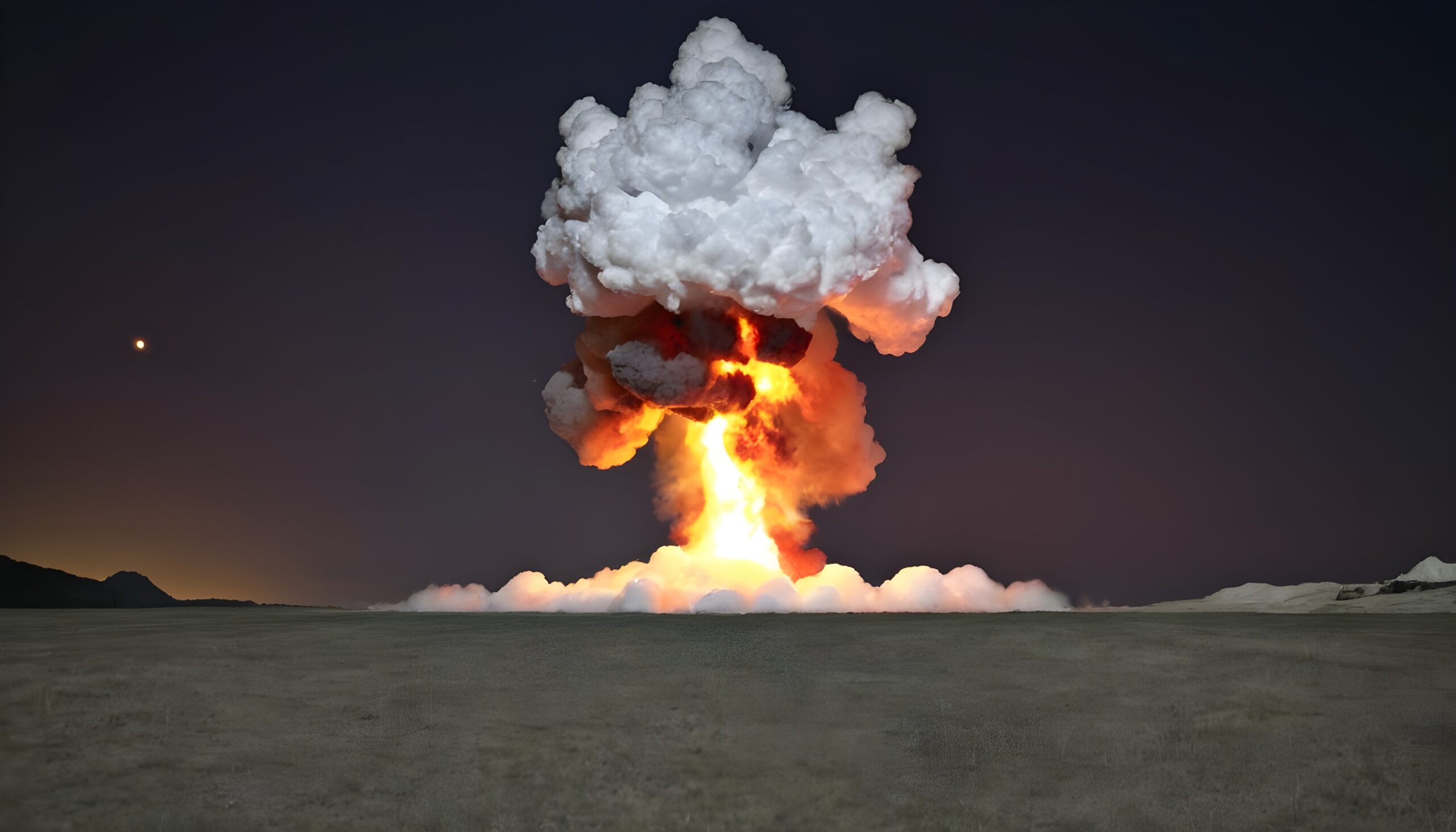
In the most remote corners of the planet, under layers of rock and sediment, hides a fascinating phenomenon that defies our understanding of nature and time: the 1.8 million year old natural nuclear fission reactor. This geological enigma, discovered in Oklo, Gabon, Africa, leads us to reflect on its surprising existence and its relationship to life as we know it today.
Oklo’s Discovery
The mystery began to unravel in 1972 when scientists detected anomalies in uranium isotope levels at the Oklo site. Upon further investigation, they realized that this location was unique: it had been the site of a natural nuclear reactor approximately 1.8 billion years ago. This reactor, created by the concentration of uranium-235, operated for an amazing period of time, maintaining self-sustaining nuclear reactions for hundreds of thousands of years.
Comparing Ages: Yesterday and Today
The existence of a natural nuclear reactor raises intriguing questions about how the Earth handled nuclear energy before human intervention. This unique phenomenon, although very different from our contemporary nuclear power plants, leads us to reflect on the possibility of life forms in an environment where nuclear radiation was naturally present.
Adaptation to the Unthinkable
Life in the Oklo era experienced radically different conditions than today. Organisms that evolved in an environment with natural levels of nuclear radiation may have evolved unique adaptive mechanisms. How would the creatures have evolved to mitigate the effects of radiation? Would they have developed ways to use nuclear energy biologically?
Lessons from the Past for the Present
The Oklo reactor sheds light on the Earth’s ability to self-regulate and adapt to extraordinary phenomena throughout history. Although there is no direct evidence for the existence of life on Oklo at that time, the simple fact that a natural nuclear reactor operated for so long raises fundamental questions about the possibilities of life in unimaginable environments.
Humanity and Nuclear Energy
Comparing Oklo’s natural reactor with our current reliance on nuclear power raises the question of whether we are using the technology responsibly. As we move into the nuclear age, we must reflect on the management of these resources and learn from the Earth’s ability to host nuclear events without negatively affecting biodiversity and the sustainability of the planet.
Conclusions
The Oklo natural nuclear reactor not only represents an intriguing geological enigma, but also offers us a window into the past, challenging our perceptions of the evolution and adaptation of life on Earth. As we explore the mysteries of Oklo, we must remember that the history of our planet is full of surprises, and each discovery brings us a little closer to understanding the complexity and wonder of life in the cosmos.



